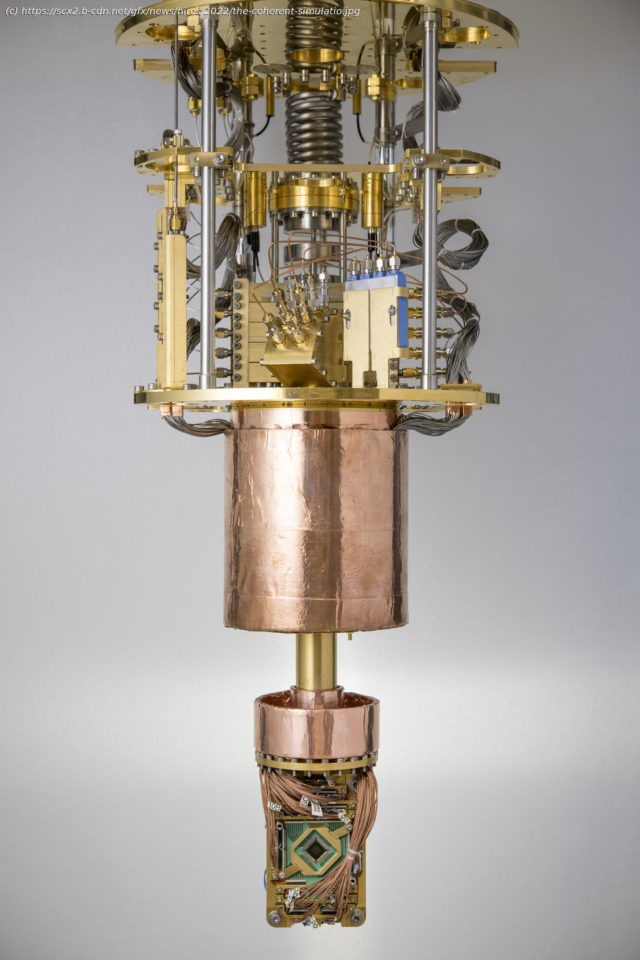Quantum computers have the potential to outperform classical computers on several complex tasks, yet many challenges will need to be overcome before they reach their full potential. In the meantime, physicists and computer scientists have been trying to realistically estimate the capabilities that quantum computing technologies will exhibit in the near future.
October 10, 2022
feature
Quantum computers have the potential to outperform classical computers on several complex tasks, yet many challenges will need to be overcome before they reach their full potential. In the meantime, physicists and computer scientists have been trying to realistically estimate the capabilities that quantum computing technologies will exhibit in the near future.
Quantum simulations—realizations of quantum systems manifested using programmable simulation devices—have proved particularly valuable for determining the near-term potential of quantum computers. One approach that can be investigated using quantum simulations is quantum annealing, an optimization process based on engineered quantum fluctuations.
Researchers at D-Wave Systems and various institutes in Canada, the U.S. and Japan have recently simulated a quantum phase transition in a programmable 2,000 qubit 1D quantum Ising model. Their results, presented in a paper published in Nature Physics, could inform future quantum optimization and simulation efforts.
« Coherent annealing has been something we’ve wanted to showcase for a long time, » Andrew D. King, one of the researchers who carried out the study, told Phys.org. « One reason is that it allows us to compare the behavior of our programmable quantum system with ideal Schrödinger dynamics, providing both strong evidence of quantum-ness and a benchmark of this quantum-ness. The 1D chain is perfect for this because it has a well-known closed-form solution, which means that we can solve it classically without exhaustively simulating the quantum dynamics—a classically intractable task in general.






